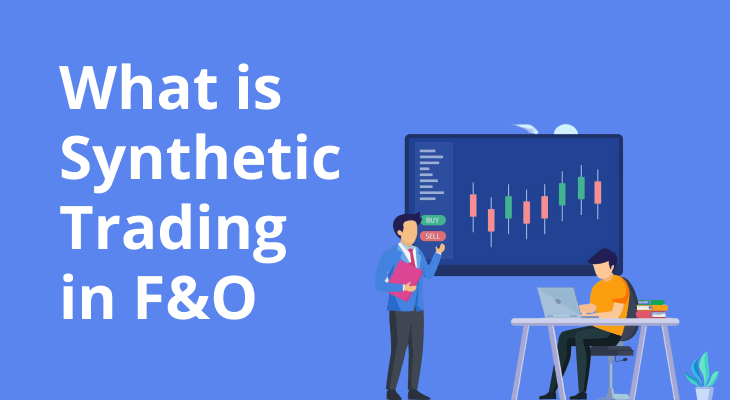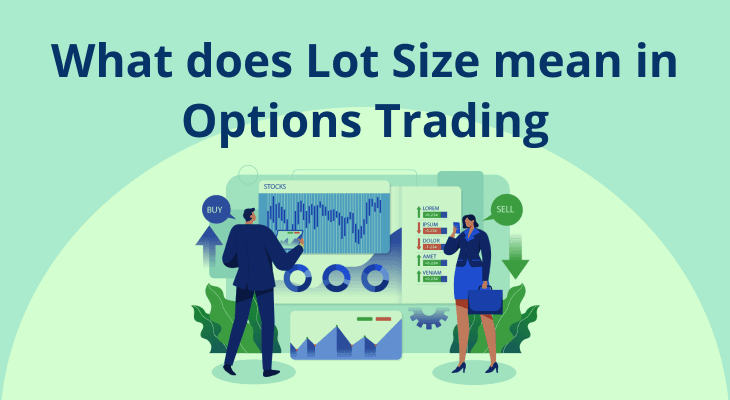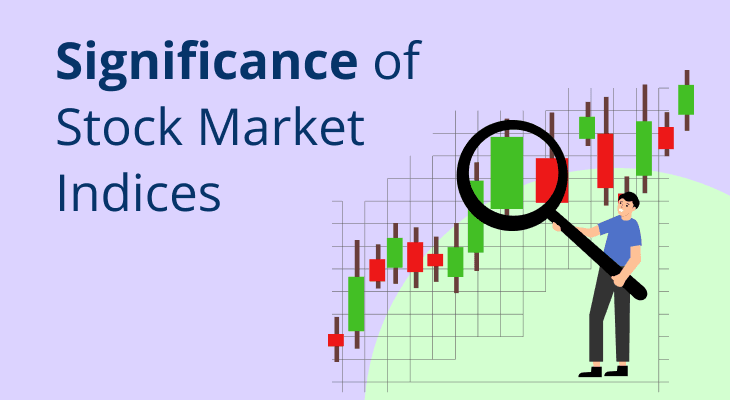
How retail investors have evolved in the Indian stock markets over the years
The Indian stock market traces its roots back to 1875 with the establishment of the Bombay Stock Exchange (BSE), making it one of the oldest stock exchanges in Asia. The 1990s marked a turning point with economic reforms led by Finance Minister Manmohan Singh. This era saw the establishment of the National Stock Exchange (NSE) in 1992, which introduced electronic trading and enhanced transparency.
Pre-1992 era
After gaining independence in 1947, the government introduced the Capital Issues (Control) Act, which required companies to seek government approval for raising funds through securities. This marked the beginning of a regulated market environment. The Securities Contracts (Regulation) Act came into force in 1956, providing a legal framework for stock exchanges and securities trading. The Bombay Stock Exchange (BSE) was officially recognised in 1957.
The popular benchmark index—Sensex— was launched on 9th January 1986. The idea was to have an index that would fill the void caused on account of the absence of an index number of equity prices to reflect the general trend of the market. The ‘base year for the Sensex was set as 1979. Today, it is now known as the S&P BSE Sensex.
Post liberalisation decade
This period began with the infamous Harshad Mehta scam, which exposed loopholes in the banking and stock market systems. It led to the establishment of the Securities and Exchange Board of India (SEBI) as a regulatory authority to oversee market activities.
The Securities and Exchange Board of India (SEBI) was initially constituted as a non-statutory body on April 12, 1988, and gained statutory status on January 30, 1992, through the SEBI Act, 1992.
By now the NSE was established, revolutionising trading with electronic systems and bringing transparency to the market. their spread the equity culture in India and expanded the market beyond big cities like Mumbai, Delhi and Kolkata. The screen-based trading introduced by the NSE helped restore the confidence of retail investors in the equity markets after the 1992 Harshad Mehta scam, leading to a big rise in retail and institutional participation.
The liberalisation policies of the 1990s attracted foreign institutional investors (FIIs) to the Indian stock market, boosting liquidity and market growth. The late 1990s saw dot-com bubble burst, which impacted global markets, including India. Sensex, which was still the main benchmark index, experienced volatility during this time.
By 2003, the Indian stock market began recovering, supported by economic reforms and increased investor confidence. This era laid the foundation for the modern Indian stock market, with improved regulations and technological advancements.
Economic Boom: Indian markets become the heartbeat of the economy
The mid-2000s saw robust economic growth, leading to a bull run in the stock market. The Sensex crossed the 10,000 level for the first time in 2006, reflecting investor optimism.
But dark clouds were looming. The market faced a major setback during the 2008 global financial crisis, with the Sensex dropping by over 50%. This period highlighted the vulnerability of emerging markets to global shocks.
There were several stimulus measures taken by governments across the world, including in India post the global financial crisis. Post-2009, the market recovered, supported by economic reforms, increased foreign investments, and the rise of retail investors. The introduction of Goods and Services Tax (GST) in 2017 was a landmark reform, which unified India’s various states into a single market.
The rise of online trading platforms in the 2010s led by fintech discount brokers like Zerodha, Groww, Upstox, etc and their mobile apps democratised stock market access, attracting younger investors.
Then came the Covid-19 pandemic in 2020. Although the pandemic caused initial panic and a sharp market decline, but the subsequent recovery was driven by liquidity infusion by the government to give a boost to the Indian economy.
Financialisation of savings continues
The Indian stock market has seen remarkable developments since 2020, shaped by global and domestic factors. The pandemic initially caused a sharp decline in the markets, but they rebounded strongly due to liquidity infusion, government stimulus, and optimism about economic recovery.
The post-pandemic era witnessed a surge in retail investor participation, driven by increased financial literacy, user-friendly trading platforms, and low brokerage fees. Both the Sensex and Nifty reached all-time highs, reflecting strong corporate earnings, foreign investments, and economic resilience.
Technology, healthcare, and renewable energy sectors gained prominence, while traditional sectors like real estate and hospitality faced challenges. However, after 2022, geopolitical tensions, inflation concerns, and interest rate changes in major economies have influenced market trends. But the Indian stock market continues to evolve, offering opportunities and challenges for investors.
Growing relevance of capital markets in India’s economy
India’s economic policies have reinforced international investor confidence, with listings becoming a way to tap into the country’s economic momentum.
The post pandemic boom in the stock market led to number of demat accounts in India rose to at 19.20 crore at the end of March 2025, while the unique investor base stands at 11.30 crore . The number of demat accounts in India has grown by 4.6X in last 5 years. Still, India’s demat account penetration stands @ 13.6% way lower than other large/developed economies.
The volume growth on the National Stock Exchange (NSE) has been one of the most significant developments in the Indian financial markets over the past two decades. Here's a detailed look at the evolution and current scale of volume growth across equity and derivatives segments:
Average Daily Turnover(₹ Crore)
Year | Equity | Derivative | Total |
FY25 | 1,12,963 | 3,14,69,726 | 3,15,82,689 |
FY24 | 81,721 | 3,24,90,923 | 3,25,72,644 |
FY23 | 53,434 | 1,53,50,709 | 1,54,04,143 |
FY22 | 66,799 | 68,35,617 | 69,02,416 |
FY21 | 61,839 | 25,84,755 | 26,46,594 |
FY20 | 36,432 | 13,94,870 | 14,31,302 |
FY19 | 32,052 | 9,58,028 | 9,90,080 |
FY18 | 29,410 | 6,70,670 | 7,00,080 |
FY17 | 20,387 | 3,80,525 | 4,00,912 |
FY16 | 17,154 | 3,04,723 | 3,21,877 |
Dependency on FII flows is reducing
There has been a noticeable structural shift in the Indian equity market, where dependency on Foreign Institutional Investors (FIIs) is gradually reducing, while Domestic Mutual Funds (DMFs) and retail (individual) investors are emerging as strong pillars of support.
This has coincided with a rise in retail participation in Indian stock markets.
Retail Participation Around the World
Country | Retail Trading Share | Direct Ownership (%) | Investor Behaviour |
|---|---|---|---|
India | 40–45% | ~8% | Growing SIPs, stock-savvy |
USA | 20–25% | ~38% | Retirement-led, ETF-heavy |
China | 70–80% | ~30% | Speculative, high-volume |
More to come
India is emerging as one of the most dynamic retail investor markets globally, driven by digital disruption, regulatory support, and growing financial awareness. While countries like the U.S. lead in terms of asset value and retirement-linked participation, and China in terms of trading volume dominance by individuals, India stands out for its rapid growth and democratization of equity access.
India sits at a unique midpoint globally — not yet saturated like developed markets but no longer underpenetrated like other emerging peers. It combines:
- Rapid adoption
- Youthful investor base
- High digital trust
- Strong regulatory frameworks
This positions India to become one of the largest and most resilient retail-driven equity markets in the world in the coming decade.


